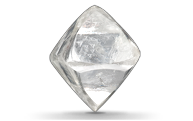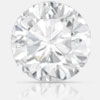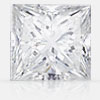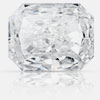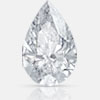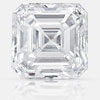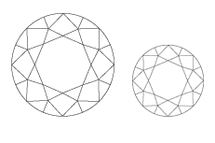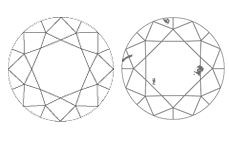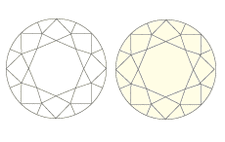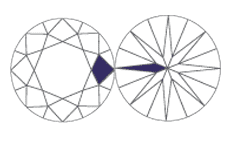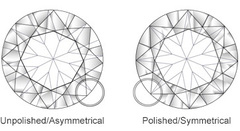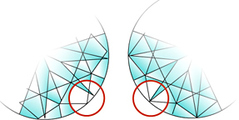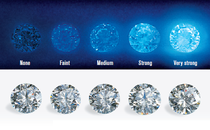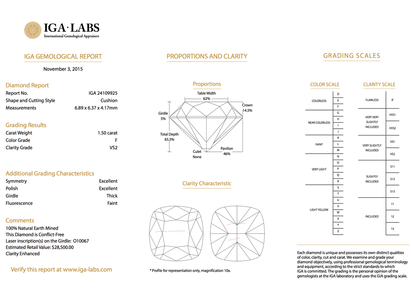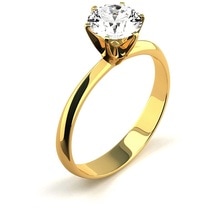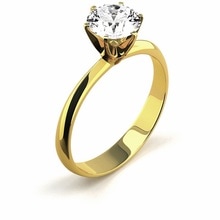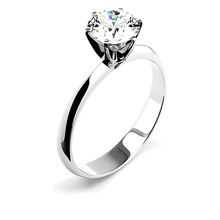Diamonds Are Forever
Everything is made of something, but when it comes to the toughest and hardest material on Earth –natural diamonds are over 50x more durable than any other on this vast planet. When carbon atoms deep below the Earth’s surface reach immense temperatures and pressure, they form these beautiful and precious stones which are then unearthed, mined, and ultimately cut and treated so we can all enjoy their fullest potential. Just like the love you share with your special someone, diamonds are meant to last forever. In our opinion, relationships can also experience immense pressure and rising temperatures during formation stages, and we believe that is what all healthy relationships consist of. That is exactly why a diamond is typically the result of those who can make it through everything together –as a reward and seal of great accomplishment. Almost all diamonds on this earth have a faint yellow or gold tint to them, and the “colorless” diamonds that we all see commonly in advertisements are just a small fraction of all the diamonds in the world. Because of its transparency, composition pureness, and natural color –no other stone shares the same sparkle that a diamond is capable of generating. Diamonds are obviously very rare and the average yield when it comes to diamond mining is: 1 part diamond to 1 million part rock. As you can see, a diamond is in so many ways like your significant loved one. No two diamonds are ever the same and finding the one for you is certainly not a draw from a hat. That is why we have made the selection process for you so easy and comfortable, -your 1 in a million is right here at Tesla Diamonds.

